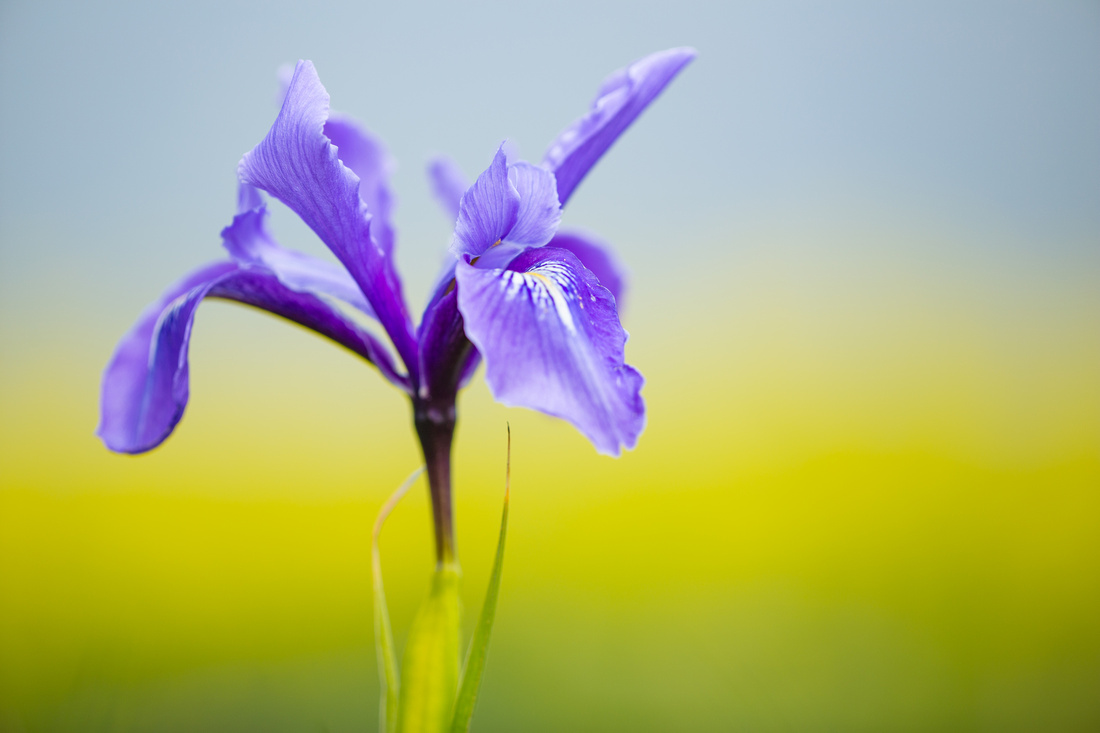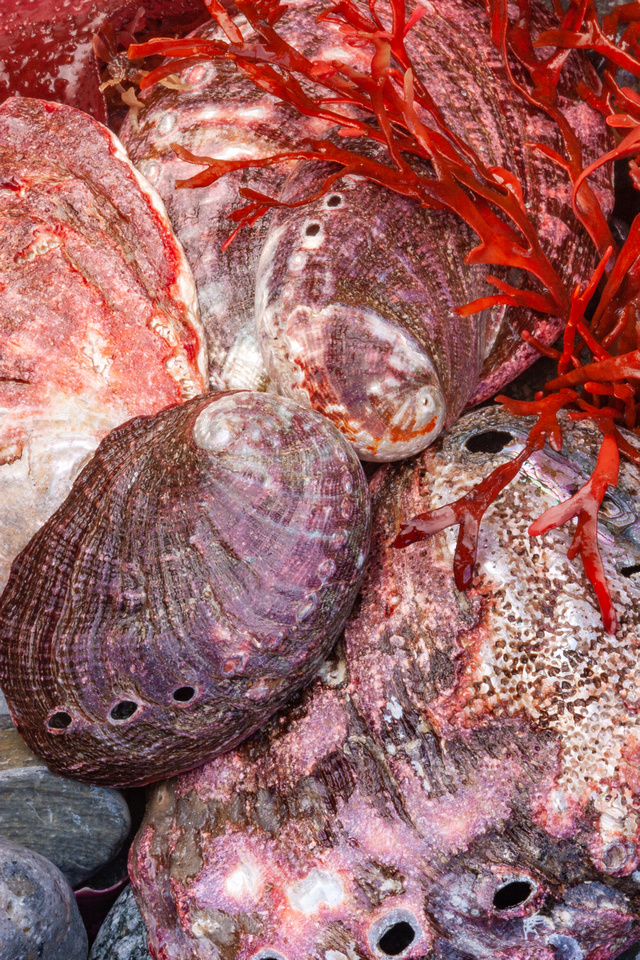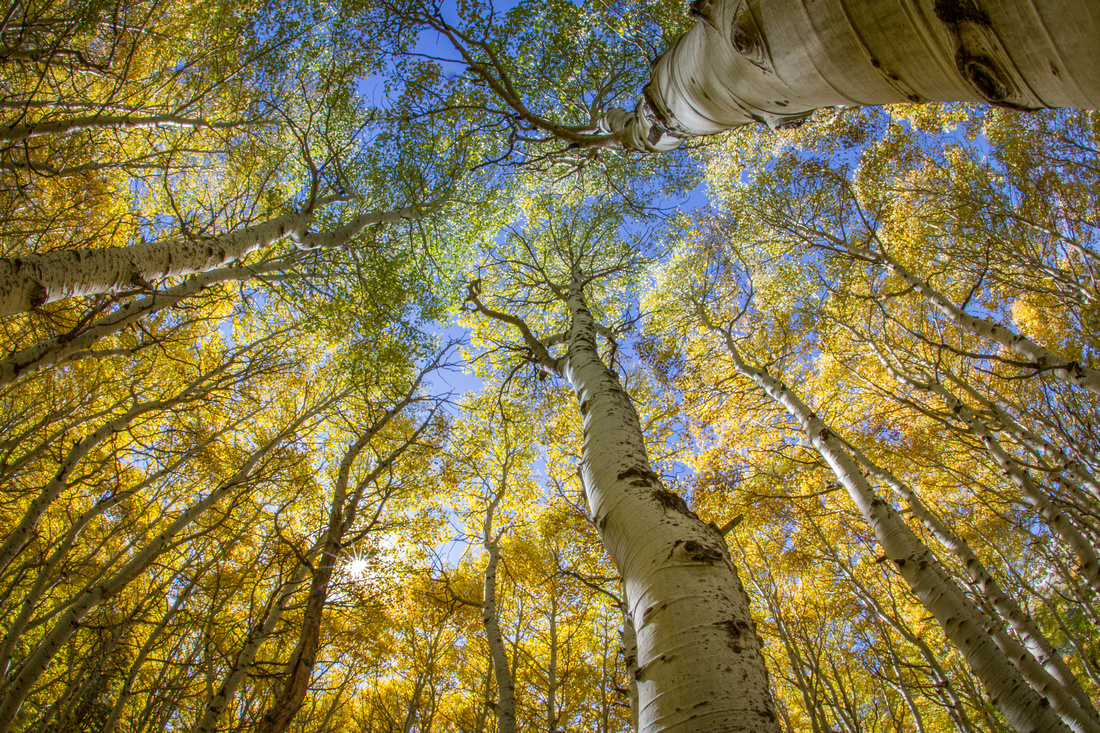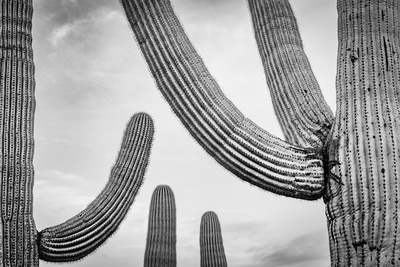Creative Nature Photography Compositions
Creative Nature Photography Compositions
Text and photos by Heather Cline
No matter how passionate you are about nature photography, it can be easy to fall into a rut at times. One way to pull yourself right out of that is to practice some creative photography techniques. Here are some quick tips for incorporating these into your routine.
Panning
Panning is a great technique to practice for its ability to generate creative results. This is also be referred to as Intentional Camera Movement (ICM). This technique requires a longer shutter speed so you may need to turn down your ISO and/or add a neutral density filter if you are shooting in bright midday light. You can do this handheld or on a tripod but be prepared to take a lot of photos and be okay with deleting a lot of them too!
 
Organ Pipe Cactus Forest |
Depth Of Field
Depth of field is controlled by the camera's aperture. The aperture serves a couple different functions:
- First, because it controls the amount of light coming into the camera, it allows the photographer to choose an aperture that corresponds with the shutter speed and ISO to achieve a correct exposure.
- Second, it controls the depth of field. Depth of field is the level of sharpness in front of and behind the plane of focus. This is all about creativity and the reason it is important to understand how this works is because you can then control the creative output.
 
Douglas Iris with very shallow depth of field |
Macro
Macro photography is intended to capture the details that might otherwise be missed with other photography techniques. It is because of this that you need to ensure everything in that viewfinder is what you intend to have in the photo, and I mean every highlight, every blade of grass, and every spec of dirt.
One thing about macro photography is it will quickly expose whether you have a clear vision of the desired composition. You can't hide anything. Macro photography is a slower type of photography though, so you can take time to think through the composition.
Having a tripod is the best tool for getting your best macro images because it allows you to create a composition and hold it exactly where you want it while you make sure the scene and background are clean.
 Shells, Rocks, and Kelp Shells, Rocks, and Kelp
Shells and kelp |
Look Up
The internet is flooded with great nature photos so finding a unique composition can be challenging. Looking straight up can create interesting possibilities that most people don't even notice. Trees create a natural frame that you can use to photograph the night sky. You can also bring your camera right up against the truck to incorporate details and create a leading line. Using a wide-angle lens helps tremendously with these types of shots.
 
Autumn aspens |
Post Process
Photoshop, Lightroom, and other editing software was invented for a reason. Photos rarely look their best straight out of the camera. These applications can be used to correct or enhance color temperature, adjust highlights, shadows, contrast, and saturation. They can also be used to boost your creativity.
Try taking an image from your catalog and processing it in different ways. You might be surprised at how much this changes the overall mood of an image.
 
|
 
|
 
|
To upskill your creativity in photography, it's essential to take more images and try out various techniques. Often, the creative process itself is a source of enjoyment and you don't have to venture far to find subjects to try out the techniques above. I hope these tips have helped to get your creative juices going.